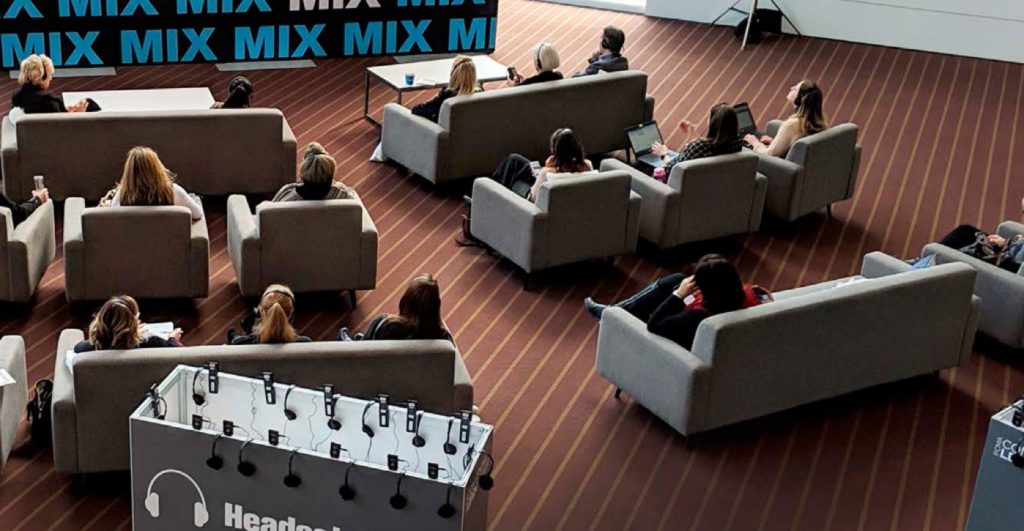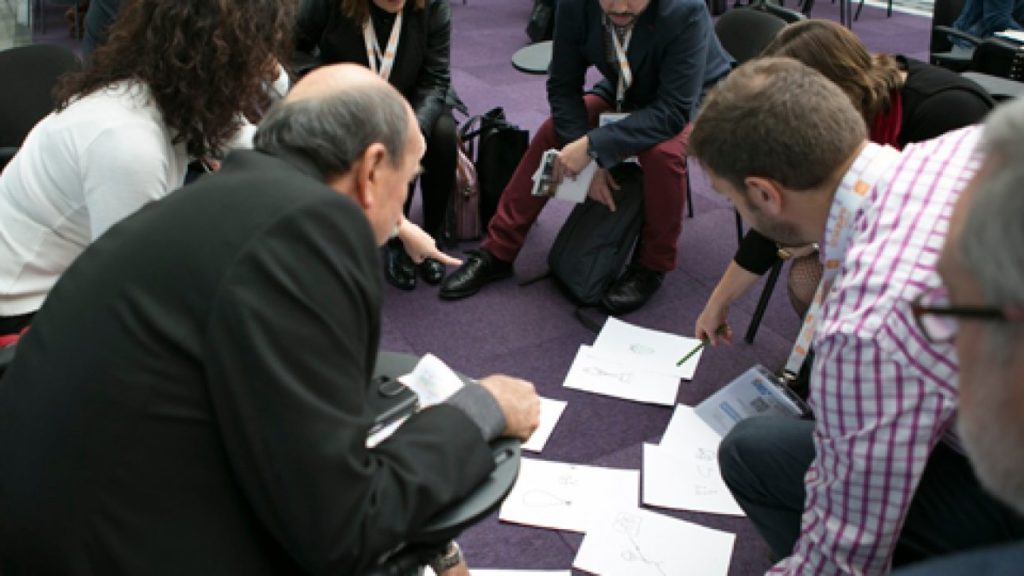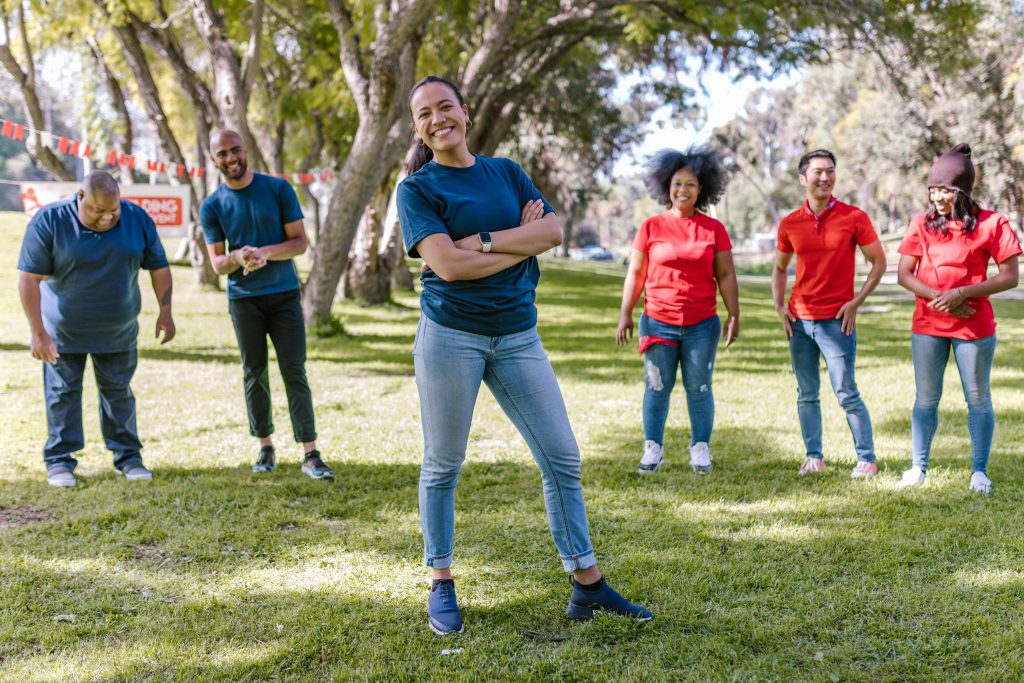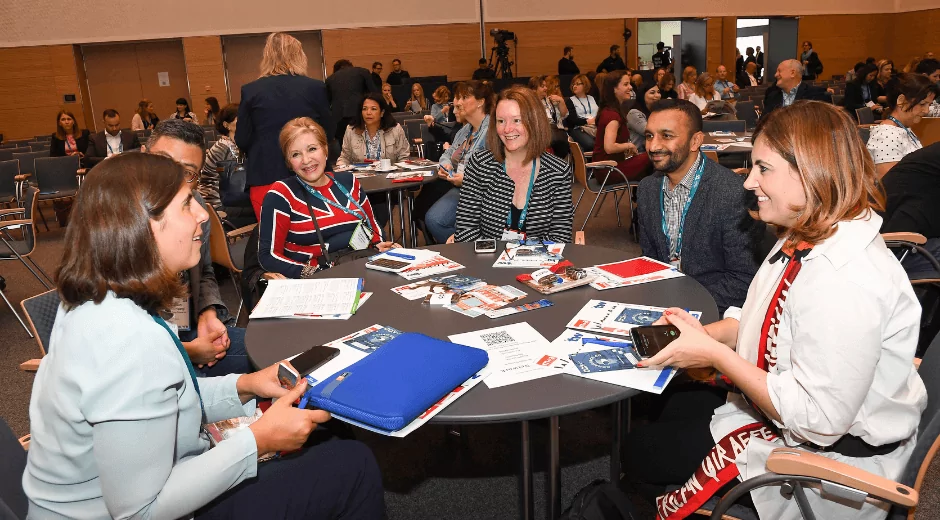Some tips on personalization at events (PCMA I)

Share news
Listen
Satisfying various needs… personalizing the experience is complicated
In a conference as this, with 5,000 attendees and a lot of experiences and training sessions, the idea is that each one set up their own program, the possibility that each one create the custom-made experience, in a perfectly relevant way. Sounds good? Yes, but it is very complicated and multiplying sessions poses specific challenges. It can be complex and overwhelming.
In this conference, the fact that the sessions did not start at the same time led to the attendees having difficulty organizing their networking. “I have no idea where I’m going, I’m just following people” was a comment. Making programs with many sessions in many places is a challenge in the management of the space and the program for each assistant. Another challenge: the signage, of which certain attendees complained. The promise of exactly suitable content for each one is no longer fulfilled. Are apps the solution? Even though the app helps, be careful, it is not the absolute solution: “The app contributed to this impression of overabundance” according to the authors of the report, since attendees have to navigate an app full of content without knowing how it works.
This leads us to the great importance of knowing the participants well, of assessing their needs a priori and of adjusting the type of message, content, program and format to them.
Some tips so personalization does not become crazy for the assistant
Now, keeping this in mind, what do you have to do? Here are our own recommendations to these observations of the PCMA study.
- Do not forget: you have to plan your event taking into account the cognitive limit of your attendees. You know your event, the program and the space, but the assistant arrives like a blank sheet and is quickly overwhelmed by so much information and so many decisions to take. Simplify, be clearer than what would seem necessary.
- Think of solutions to facilitate their experience, from a corner of explanation of the app to a logical way to organize the rooms for everyone to find.
- Multiply the on-site guidance staff.
- Align the schedule of the sessions so that there are clear pause / networking moments for everyone.
- To develop: the app will have to develop towards a real customization tool, where the assistant easily puts the topics interesting and those that are not, and the app recommends sessions, activities, perhaps an agenda and a personalized orientation plan. Technology has to help, right? We think the apps are still a bit naive at this level but talk to your app provider and challenge him!
- Check your signage so that your seven-year-old son can orient himself, and take the test with people who do not know the event, asking them to find a series of rooms and activities, from anywhere in the conference.
Not because of these challenges, the idea of personalization must be questioned: it is wonderful. But what we see here is that it is complex. So, beyond thinking about what session is for which target, you must think about how a tired attendee will have an easy experience.












